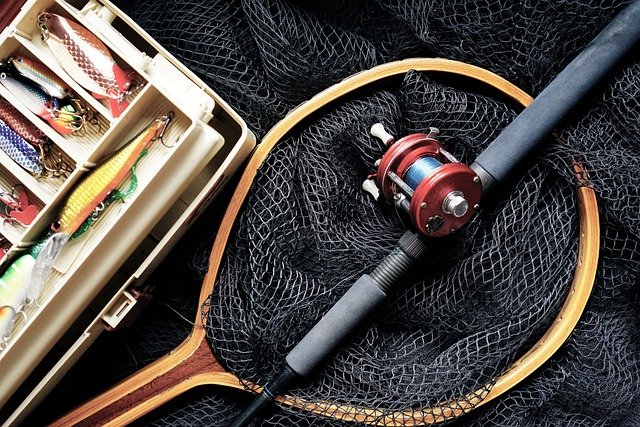Fishing: Practical Guide to Boats, Water, and Bass Boats
Fishing is a versatile outdoor activity that combines patience, technique, and an understanding of water environments. Whether you plan to fish from shore, a kayak, or a dedicated fishing boat, knowing how different vessels interact with water and what equipment suits specific species can improve your time on the water and safety while fishing.

What to know about a fishing boat
Choosing a fishing boat begins with intended use: the species you’ll target, typical water conditions, and how many people or how much gear you need to carry. A small aluminum skiff or jon boat can be ideal for calm lakes and shallow bays, while larger center-console or cabin boats suit offshore trips. Consider stability, storage for rods and tackle, livewell or bait systems, and access to maintenance or local services. Hull type (flat, V-hull, or pontoon) affects how the boat handles waves and wind, so match hull design to typical water you’ll fish.
How a boat handles on water
Boat handling on water depends on hull design, displacement, and powertrain. A deep-V hull cuts waves and offers a smoother ride in chop, while a flat-bottom hull provides stability in calm, shallow water but can be rough in waves. Weight distribution—people, fuel, and gear—affects trim and maneuverability. Properly balancing load improves fuel efficiency and safety. Familiarize yourself with basic seamanship: reading water, understanding currents and wind, docking techniques, and basic engine troubleshooting. Many local services provide hands-on training or short courses in boat handling and safety.
Practical tips for freshwater fishing
Freshwater fishing often focuses on species like bass, trout, pike, and panfish. Adapt your rigging to the target species: lighter lines and finesse lures for pressured waters, heavier lines and large lures for cover or structure. Pay attention to water temperature and clarity—fish behavior changes with seasons and local weather patterns. Use electronics like fishfinders sparingly to locate structure but rely on observation: weed lines, drop-offs, and current seams are productive spots. Keep a compact, organized tackle setup on the boat to change quickly between presentations without losing time on the water.
Features of a bass boat
A bass boat is purpose-built for freshwater bass fishing, emphasizing casting platform, low profile, and storage. Typical features include a flat, elevated bow casting deck, multiple rod lockers, built-in tackle storage, and a trolling motor for quiet, precise positioning. Bass boats often have carpeted decks and a livewell integrated into the hull. When evaluating a bass boat, consider portability (trailering weight), motor options, electronics compatibility, and safety features like non-slip surfaces and adequate life jacket storage. For newcomers, test rides and comparisons from local dealers or rental services can clarify what layout suits your fishing style.
Finding local services and boat maintenance
Ongoing maintenance keeps a boat reliable and safe on the water. Routine tasks include engine checks, propeller inspections, battery maintenance, hull cleaning, and verifying safety equipment. Local services can handle annual engine servicing, electrical diagnostics, or winterization. If you’re buying used, professionals in your area can perform pre-purchase inspections to spot common issues like hull stress, water intrusion, or neglected maintenance. Establish relationships with a trusted mechanic and marina to streamline repairs and storage. Also look for local training or licensing courses that cover regulations and safe operation in your area.
Fishing wraps together gear choices, boat selection, an understanding of water, and species-specific techniques. Whether you fish from shore, a small skiff, or a specialized bass boat, prioritizing safety, proper maintenance, and adapting to water conditions will improve results and enjoyment. With knowledge of the vessel that suits your needs and awareness of local services and conditions, anglers can make informed decisions about how and where to fish.






